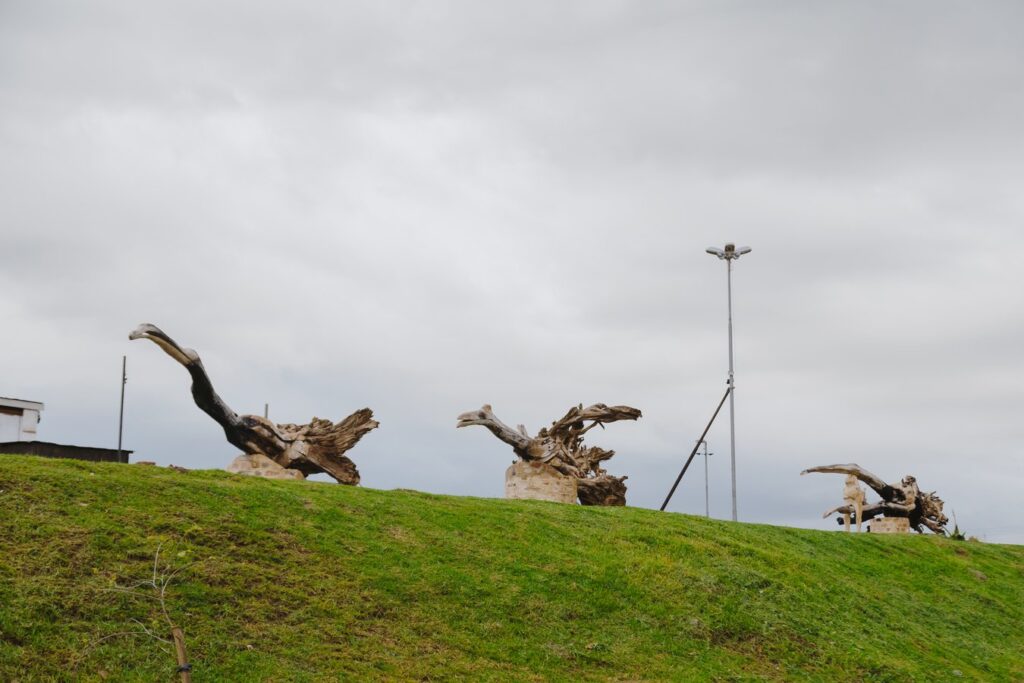Turning trash into transformation: Gender-inclusive climate action along Johannesburg’s Jukskei River
Do I repeat like a parrot in (almost) every one of these blog posts how we urgently need equitable, grounded climate solutions? Bear with me—unfortunately, it’s still the regions least responsible for climate change that suffer its harshest consequences most acutely. Droughts, floods, biodiversity loss, and hunger have long been part of daily life there. And as if that weren’t enough, it’s also the most vulnerable people within those most affected regions who are (yes, also) disproportionately harmed by climate change. In rural sub-Saharan African communities, for example, women and girls bear the greatest burden of water scarcity—often walking long distances to collect it, and compromising their education, health, and income opportunities. While climate solutions do exist, many require large investments or prove hard to scale. And more subtly—but no less importantly—climate action often excludes those same people we’ve just mentioned: women, Indigenous communities, and other marginalised groups. If those most impacted are not part of the solution, how sustainable—or just—can it truly be?
In Johannesburg, however, the SUNCASA Litter Traps and Art Project in Alexandra township offers a promising example of a climate solution that centres gender and social inclusion while addressing urgent environmental challenges. The initiative, led by a local network of partners—including the Alexandra Water Warriors and the Kula Marolen Foundation—alongside a cast of local artists, municipal actors, and international backers, focuses on restoring the heavily polluted Jukskei River.
It combines practical environmental work—like installing handwoven litter traps to filter waste from the river—with public art made from the river’s detritus. Discarded items such as tyres, cables, and rubble are transformed into large sculptures along the riverbanks, turning an unsightly space into a place for gathering, environmental education, and community job creation. Women-led workshops have been central to designing and weaving the litter traps, creating green economic opportunities and ensuring that local knowledge and labour are part of the solution. The educational component includes lesson plans on biodiversity, sustainable agriculture, and the role of local species in ecosystem health. Over 1,000 local residents have been employed, and the plan is to restore 450 hectares and plant 46,000 trees—reducing flooding, improving biodiversity, and building climate resilience for over a million people.
Weaving together practical action, local creativity, and inclusive participation, the initiative aims to “bridge the gap between those who want, those who need, and those who have.” Maybe I‘ll stop parroting when this is achieved?
Image credi: Citylife Arts

